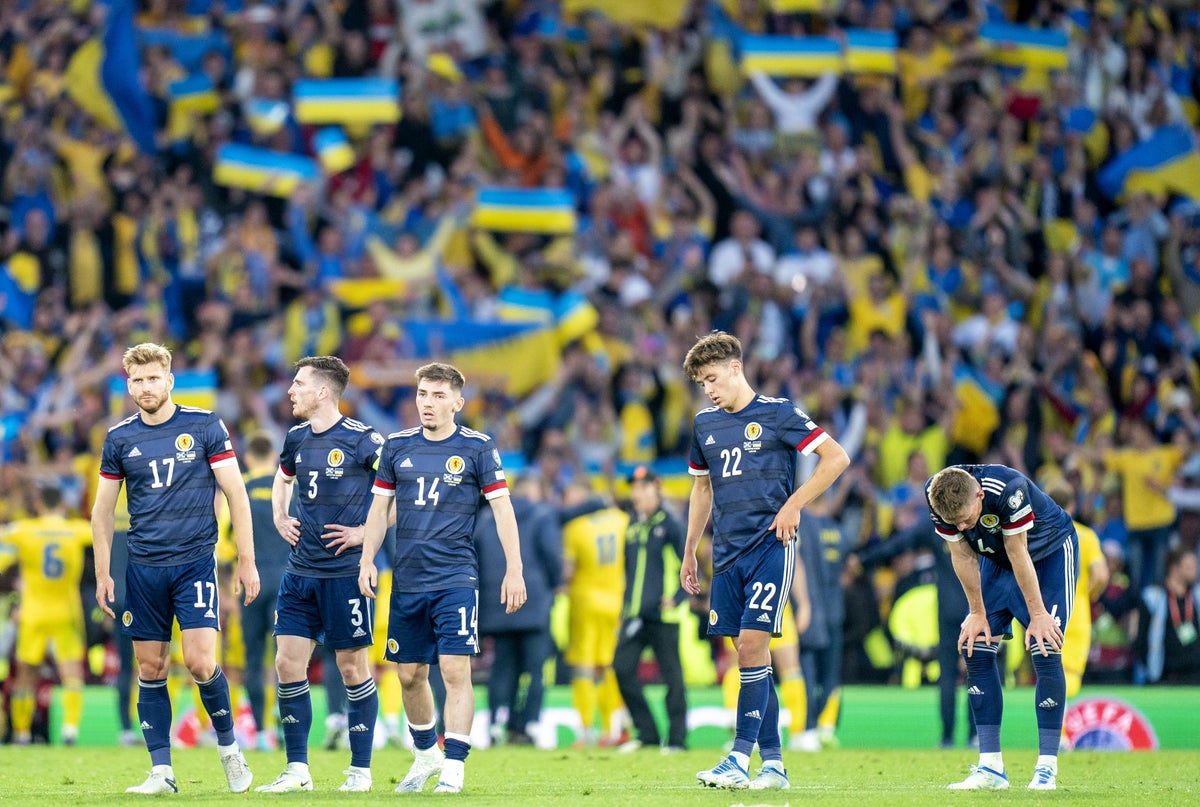
Scotland’s World Cup dreams ended on Wednesday with a 3-1 play-off defeat by Ukraine.
A trip to Wales was on offer for the right to play at the Qatar finals, where England were among the group opponents.
Here the PA news agency assesses what happened and what’s next for Scotland.
Where did it all go wrong?
Scotland were outplayed for the bulk of the game and it was too little, too late when they did get going. Ukraine dominated the midfield and were able to pick passes and space in the Scotland half and the home side’s back three struggled to cope with the visiting attackers’ movement.
Steve Clarke’s two strikers, Che Adams and Lyndon Dykes, were starved of service. Ryan Christie replaced Dykes at half-time to give Scotland another body in midfield but they went 2-0 down within four minutes.
Only after Scott McTominay moved from a back three into midfield did Scotland begin to get to grips with the game.
Did the players perform to their usual standards?
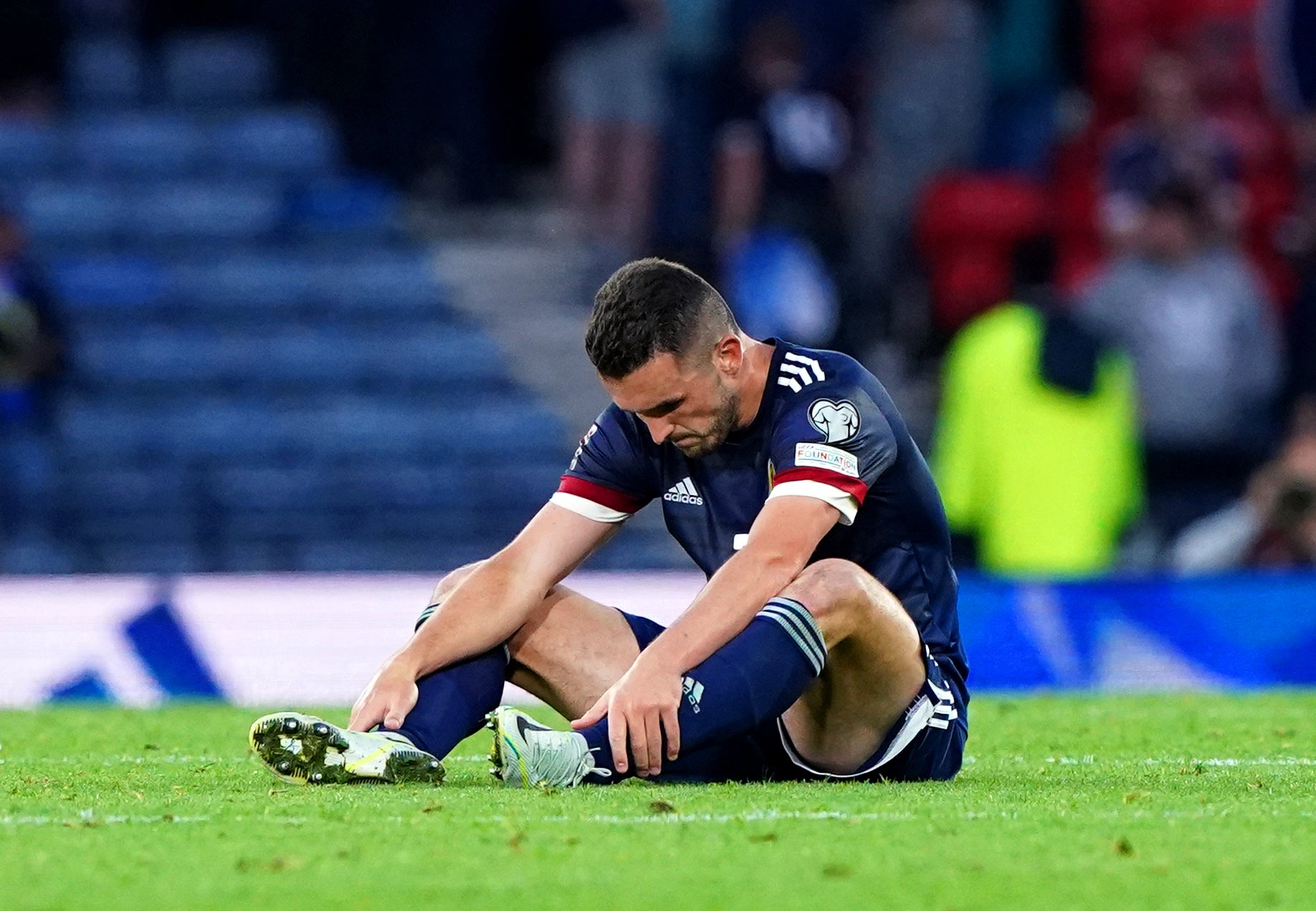
The tactics were exacerbated by widespread poor performances. Craig Gordon was the stand-out exception, pulling off three excellent saves even before Ukraine scored, and keeping Scotland in the game until the visitors netted with the last kick of the ball on the counter-attack.
Callum McGregor never stopped harrying and produced the goal as well as other moments of energy, while Aaron Hickey grew into his first international start after initially looking unsure after being played at right wing-back on his competitive debut. Otherwise, nobody got pass marks.
John McGinn, so often the talisman in recent years, produced an extraordinary miss when it looked easier for him to nod home his 13th Scotland goal while skipper Andy Robertson made a series of blunders as Scotland pushed for an equaliser.
Were Scotland missing players?
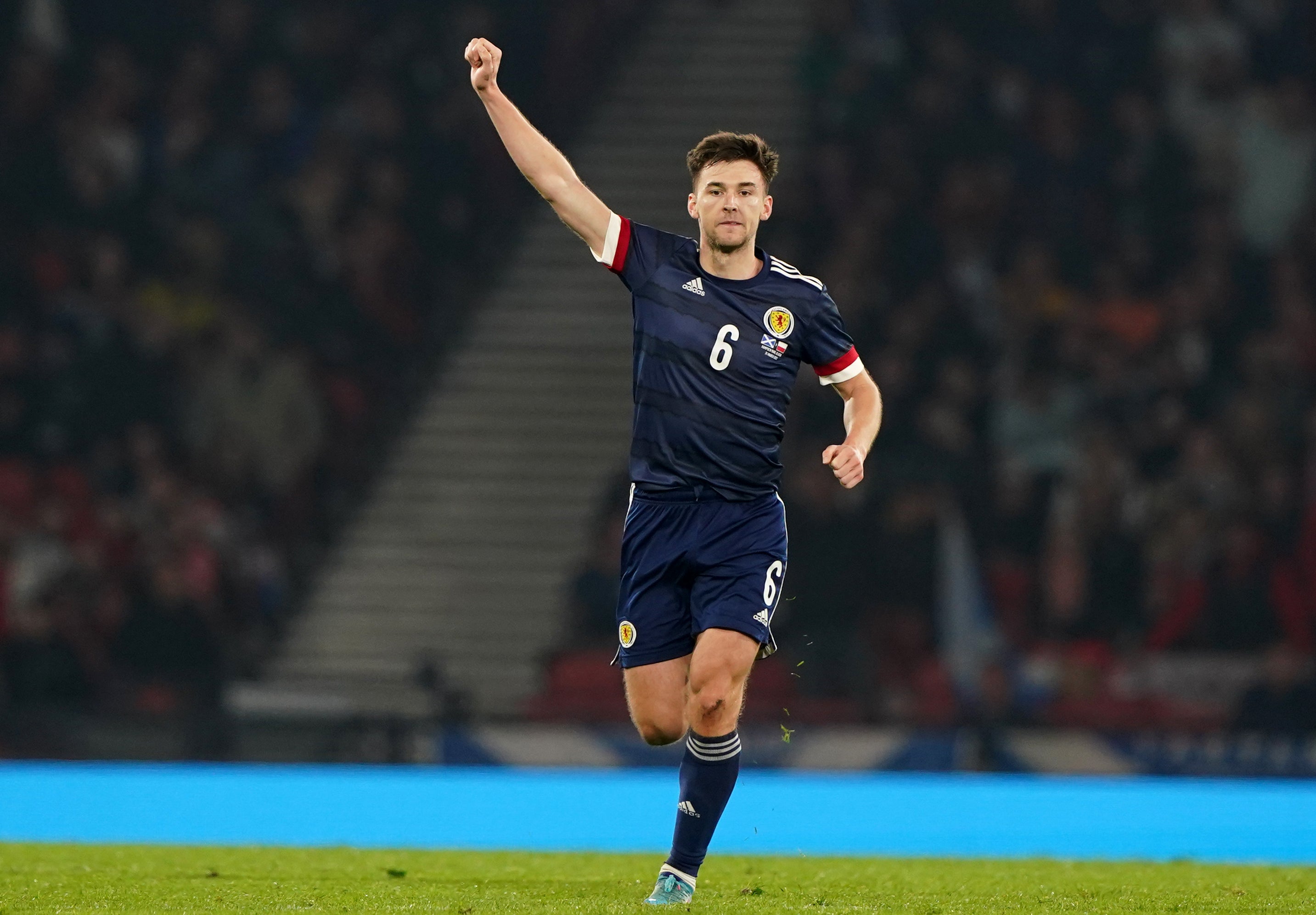
Yes but an absentee list of probably two and possibly three regular starters was nothing unusual. Ryan Jack pulled out of the squad but he has not featured much over the past 12 months through injury.
Nathan Patterson could not prove his fitness following ankle surgery and he was missed down the right after an exceptional recent display against Poland. The biggest miss was Kieran Tierney, whose flexibility, and composure is a key ingredient in making Steve Clarke’s system work.
When will Scotland ever get to another World Cup?
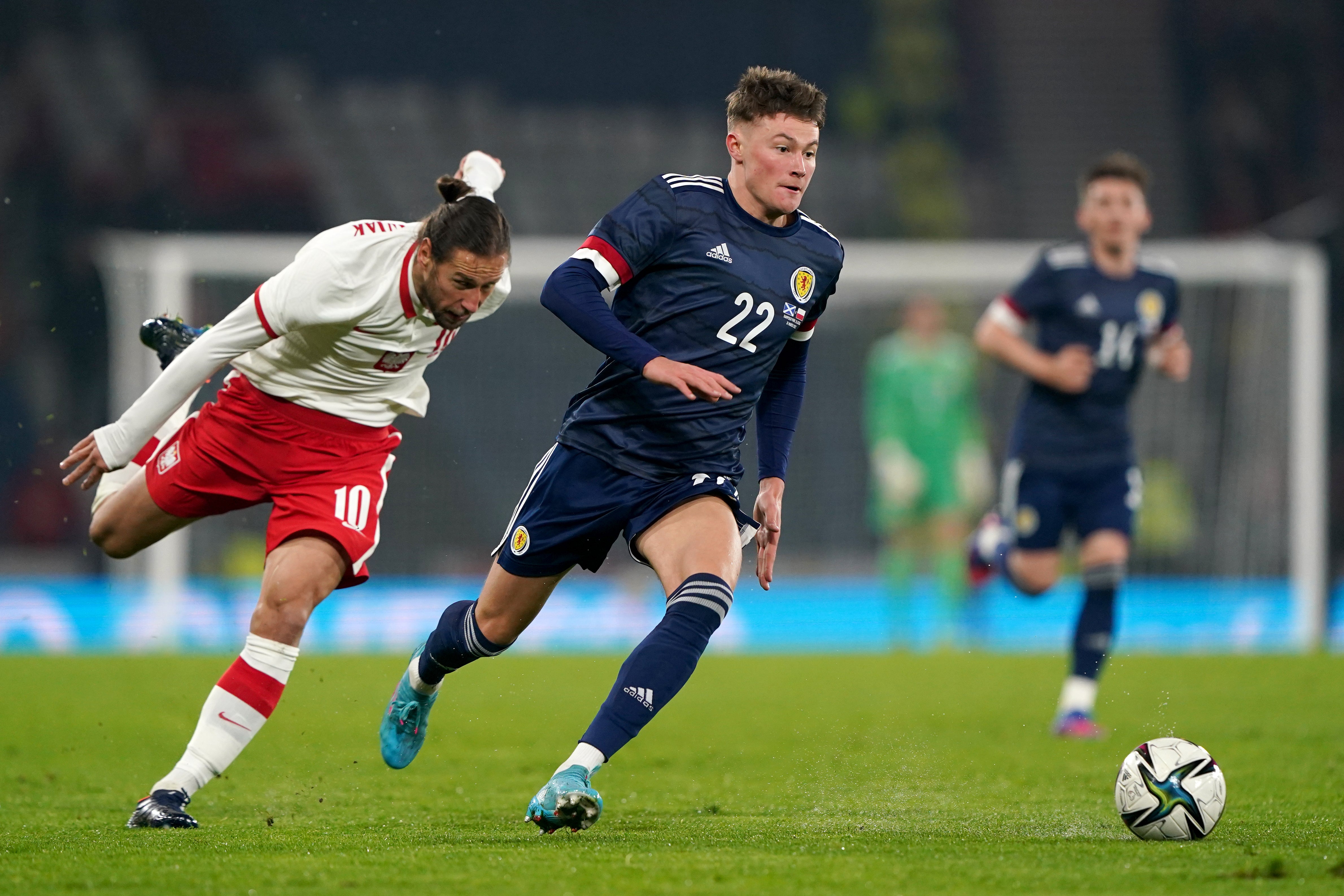
One point of solace for the Tartan Army, who have not been to a World Cup since 1998, is that most of Clarke’s squad are young enough to have another go.
Scotland have also shown enough signs of progress in recent years to suggest they will continue to be competitive in the coming seasons. The performance in the 2-0 win over Denmark in November, which sealed a home play-off, showed Scotland can rise to high levels of performance when it matters, despite Wednesday’s major disappointment.
Although 39-year-old Gordon has surely seen his chance disappear, most of Clarke’s squad can continue to harbour World Cup dreams. The likes of John Souttar and Nathan Patterson, neither of whom featured, have their best years ahead of them at international level.
What’s next?
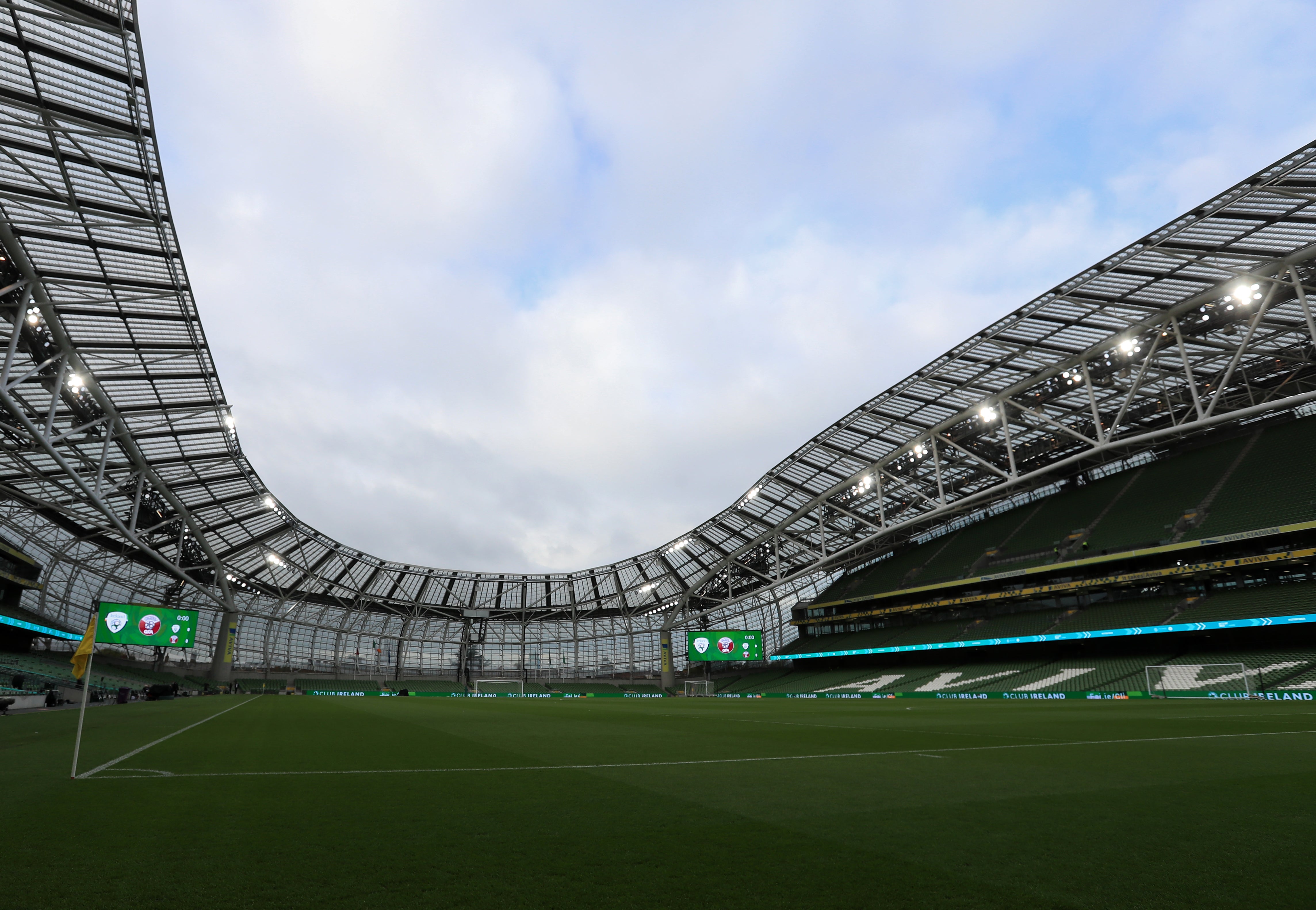
Scotland need to get the disappointment out of their system quickly.
They open their Nations League campaign at home to Armenia next Wednesday and follow it with a double header away trip to Dublin and Yerevan, and they will need to improve to top their group as Ukraine are also in the section but they showed massive progress from the away to the home games against Denmark last year.
The Nations League offered a route to Euro 2020 for Scotland and they will be determined to get that same option again.







